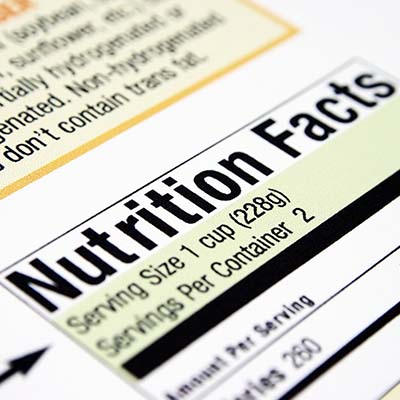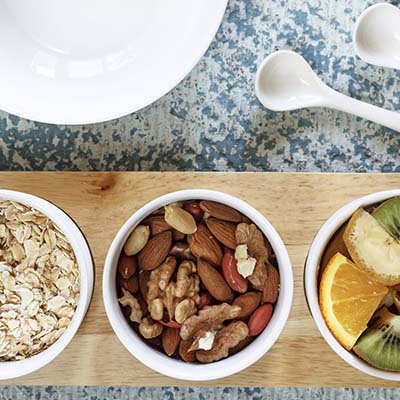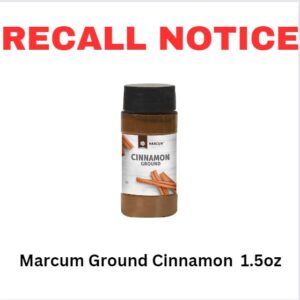Few things are more confusing than the nutrition labels found on food products. This blog will break down each element on the label, from serving size to common claims and more.

Serving Information
Found at the top of each label, the serving information defines the serving size and the number of servings within a container or package.
The nutrition information – calories, protein, vitamins and minerals, etc – provided on a Nutrition Facts Label is in reference to one single serving size.
So, if a serving size is 1 cup, and you only consume ½ of a cup, then you’re getting half the amount of nutrients listed in the Nutrition Facts Label.
And if a serving size is 1 cup, and you consume 2 cups, then you’re getting double the amount of nutrients in the Nutrition Facts Label.

Calories
Calories are a unit of measurement used to describe how much energy a certain food provides the body. So, the number of calories a food provides is directly proportional to the amount consumed.
Nutrition experts generally recommend taking in 2000 calories per day. But that amount can increase or decrease depending on differences in age, gender, body size and activity level.

Percent Daily Value
Percent Daily Value, or %DV, is used to express how much of a nutrient is in a single serving of food as a percentage of a reference amount.
This reference amount, or Daily Value, is the amount of a nutrient that nutrition professionals recommend consuming in one day and is based on scientific research.
The Percentage Daily Value listed on the Nutrition Facts Label lets you know if a food is considered “high” or “low” in a specific nutrient.
For instance, 5% DV or less means that a food is low in that nutrient. While 20% or more means that a food is high in that nutrient.
Common Label Claims
Below are specific definitions of some common claims you may find on food product labels.
- “Low calorie” is defined as 40 calories or less per serving.
- “Low cholesterol” is considered to be 20 milligrams or less and 2 grams or less of saturated fat per serving.
- “Reduced” is characterized as 25 percent less of the specified nutrient or calories than the usual product.
- “Good source of” means that product provides at least 10 to 19 percent of the Daily Value of a vitamin or nutrient per serving.
- “Excellent source of” means that a product provides at least 20 percent or more of the Daily Value of a vitamin or nutrient per serving.
- “Calorie free” refers to any product that contains less than five calories per serving.
- “Fat free/sugar free” is defined as less than ½ gram of fat or sugar per serving.
- “Low sodium” is characterized as having 140 milligrams or less of sodium per serving.
- “High in” means that a product provides 20 percent or more of the Daily Value of a specified nutrient per serving.
Stay tuned for parts 2 and 3 of our series where we’ll delve deeper into reading and understanding a Nutrition Facts Label!




